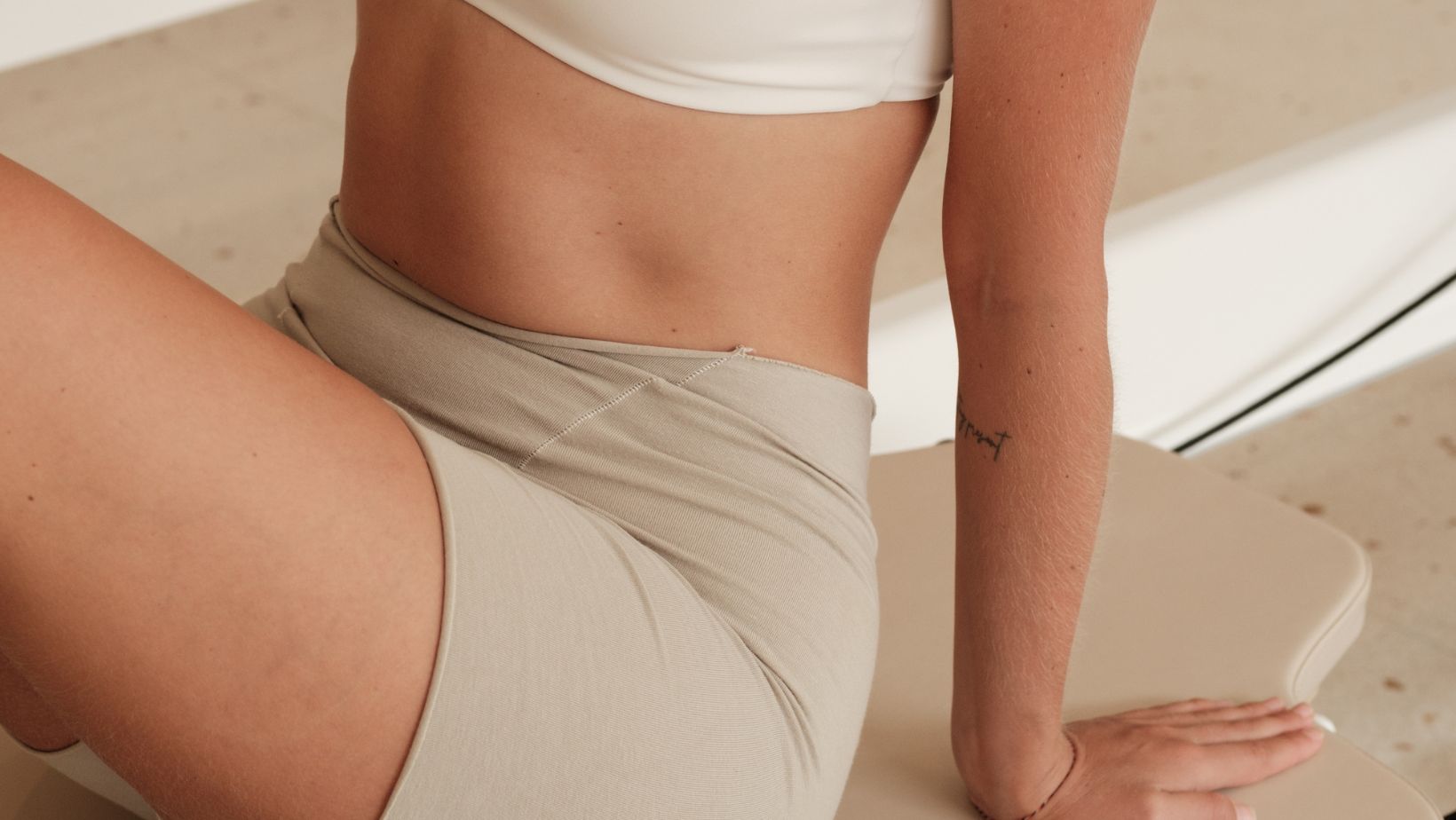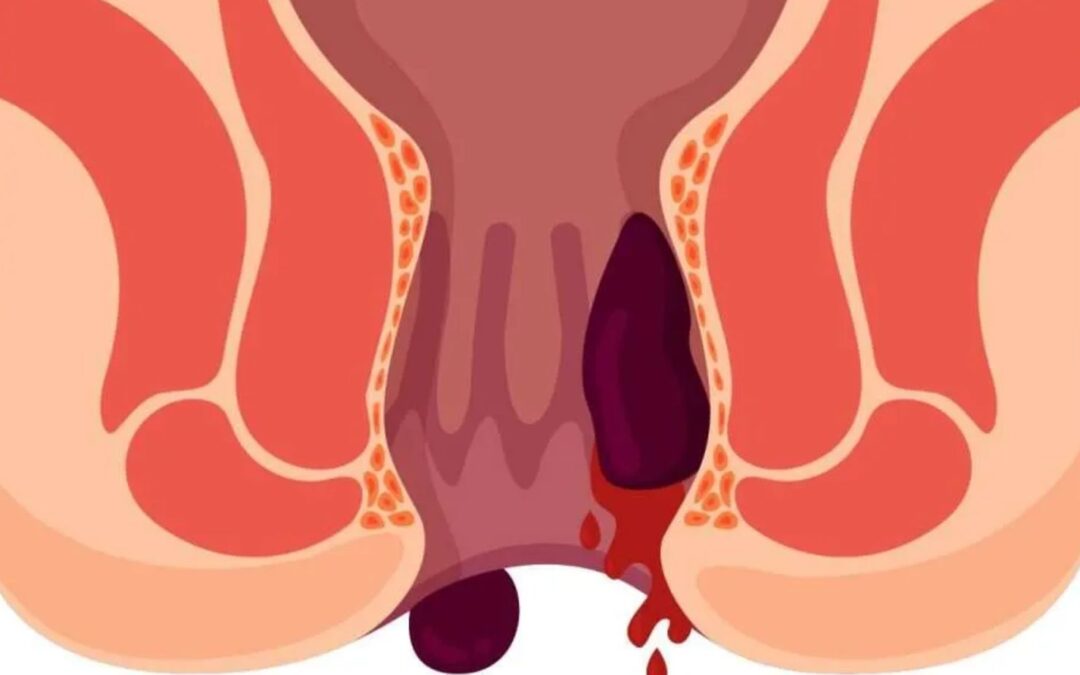Living with hemorrhoids can be uncomfortable—trust me, I’ve been there. It starts with a little itching; before you know it, sitting becomes a chore. The good news? You can treat hemorrhoids at home with a few easy changes and natural tricks. Most people don’t realize how much relief you can get just by adjusting your daily routine. I learned the hard way, but everything started to improve once I understood what my body needed.

Using simple things like a sitz bath, ice pack, or even a gentle hemorrhoid cream made a world of difference. Pair that with good bathroom habits, a high-fiber diet, and staying hydrated, and you’ll feel the results quickly. Just remember—not everything works overnight. But if you’re consistent and kind to your body, healing becomes a whole lot easier.
What Are Hemorrhoids?
Hemorrhoids are swollen veins in the lower rectum or around the anus. Think of them like varicose veins, but in a spot that’s, well… not ideal. They can be inside your rectum (internal piles) or under the skin around your anus (external piles). I didn’t even know I had them at first—just felt some itching and a bit of discomfort after using the bathroom. Then came the pain, and yep, even some bleeding. That’s when I knew something wasn’t right.
Most of the time, these veins swell up because of straining during bowel movements, sitting too long on the toilet, or even pregnancy. Some folks confuse them with skin tags, but they’re not the same—hemorrhoids can shrink or go away with the right care, while skin tags usually stick around. If you’re not sure what you’re dealing with, always check with a doctor.
What Causes Hemorrhoids?
I used to think hemorrhoids just showed up out of nowhere—until I learned what was really behind them. The biggest culprit? Straining on the toilet. If you’re pushing too hard or sitting too long, especially with your phone in hand (guilty!), you’re putting extra pressure on those sensitive veins. I also didn’t realize how much a low-fiber diet messes with digestion. When your stool’s hard, it takes a toll, and that’s when hemorrhoids can start forming or flaring up.
Other sneaky triggers include chronic constipation, diarrhea, and even just standing or sitting for too long without moving around. I found out during my first pregnancy that pregnancy can also cause them, thanks to all the pressure down there. Oh, and let’s not forget obesity—extra weight means extra strains.
How to Treat Hemorrhoids at Home
Take a Warm Sitz Bath
Taking a warm sitz bath was the first thing that brought me real relief when dealing with hemorrhoids. Just sitting in a few inches of warm water for 15 minutes helped ease the pain, reduce swelling, and calm the itching without needing any medicine. I added a little witch hazel sometimes, and honestly, it felt like a spa moment for a not-so-glamorous problem. Doing this twice a day made it much easier to treat hemorrhoids at home, especially after using the bathroom when things felt most irritated.
Use Natural Remedies
Using natural remedies was a game-changer for me when I wanted to treat hemorrhoids at home. I started with witch hazel, which I applied directly to the affected area—it’s soothing, anti-inflammatory, and helped calm the itching. Then, I used aloe vera, which is gentle and cooling, perfect for reducing discomfort after a long day. I also found coconut oil to be a great moisturizer, helping to keep the area from getting too dry or irritated. These natural options were a simple, effective way to relieve pain and inflammation without the harsh chemicals found in some store-bought creams.
Apply Cold Packs
Applying cold packs was one of the quickest ways to relieve hemorrhoid pain at home. I wrapped some ice in a cloth and gently placed it on the affected area for about 10-15 minutes. The cold helped numb the pain, reduce swelling, and provide instant relief. It’s a simple trick, but so effective, especially when you’re dealing with discomfort after long periods of sitting or a bowel movement. I made sure not to apply the ice directly to the skin to avoid frostbite, but it became my go-to for fast relief.
Use Over-the-Counter Creams and Ointments
When natural remedies weren’t enough, I turned to over-the-counter creams and ointments to treat hemorrhoids at home. I found that creams containing hydrocortisone or lidocaine were especially helpful for reducing swelling and numbing the pain. These creams are easy to apply, and they provide fast relief, especially when the discomfort is intense. I made sure to follow the directions carefully, applying only a thin layer to avoid irritation. Using these alongside my other home treatments helped me manage the symptoms and feel much better during flare-ups.
Eat a High-Fiber Diet
Eating a high-fiber diet was a crucial step in my plan to treat hemorrhoids at home. I started adding more fruits, vegetables, whole grains, and legumes to my meals, which helped soften my stool and made bowel movements much easier. The less I had to strain, the less pressure there was on the veins, which meant less discomfort and swelling. Foods like oats, beans, and leafy greens became my best friends. Staying consistent with fiber not only helped prevent future flare-ups, but it also made everything feel smoother and more manageable.
Stay Hydrated
When I was dealing with hemorrhoids, staying hydrated became a simple yet powerful fix—drinking enough water daily made stools softer, reduced strain, and eased discomfort during bathroom visits. I carried a water bottle everywhere, added water-rich foods to my meals, and noticed that without enough fluids, symptoms flared up fast. Keeping my body well-hydrated helped everything flow better and made healing at home much easier.
Improve Bathroom Habits
One thing I had to change right away was my bathroom routine—improving those habits helped more than I expected. I stopped forcing or straining, which only made hemorrhoids worse, and gave myself time without rushing. Using a small stool under my feet changed the angle and made going easier, more natural. I also stayed away from sitting too long on the toilet, which adds unnecessary pressure down there. These small changes, combined with staying hydrated, really supported the healing process and brought lasting relief.
Things to Avoid When You Have Hemorrhoids
When I was dealing with hemorrhoids, I quickly realized that certain habits only made things worse. I had to avoid straining during bowel movements, as it increased swelling and caused sharp discomfort. Sitting for long periods—especially on the toilet or hard chairs—added too much pressure, so I started setting timers to remind myself to stand and stretch. I even used a cushion when sitting for work or driving, which helped ease the discomfort quite a bit.
Another big mistake was skipping hydration and eating the wrong foods. Without enough fluids, bowel movements became harder and more painful. I also stayed away from spicy dishes and low-fiber meals because they just made everything feel worse. Making these changes helped me feel more in control and kept flare-ups from getting out of hand.
Can Hemorrhoids Go Away on Their Own?
When I first noticed the symptoms, I honestly hoped the hemorrhoids would just go away on their own—and sometimes, they actually can. If they’re small and you catch them early, making simple changes like staying hydrated, avoiding straining, and improving bathroom habits can help them shrink and heal naturally without any medical treatment. For me, drinking more fluids and not sitting too long made a big difference within a few days.
But I also learned that if the swelling or pressure sticks around for too long, ignoring it only makes things worse. So while yes, hemorrhoids can go away on their own, you’ve got to give your body the right support, like soft stools, gentle care, and lots of water, to make that happen.
Final Tips to Prevent Hemorrhoids in the Future
After going through it once, I’ve made a few changes that now keep hemorrhoids from coming back. First, I never underestimate the power of hydration—I drink plenty of water daily and never skip my fluids. That alone keeps everything moving smoothly. I also eat more fiber, go to the bathroom when I feel the urge (no more holding it in), and avoid any kind of straining.

Adding light movement into my routine and not sitting for too long has also helped ease pressure down there. It’s really about keeping things balanced—good habits, soft stools, and a little patience. These small changes made a big difference for me and keep the discomfort far, far away.
Conclusion
Treating hemorrhoids at home is simple and effective with a few lifestyle changes. Staying hydrated by drinking plenty of water helps keep stools soft, preventing straining during bowel movements. Avoiding long periods of sitting reduces pressure on the affected area.
Eating a fiber-rich diet and moving regularly also contribute to smoother digestion and better circulation. By implementing these easy habits, you can manage and treat hemorrhoids at home without medical intervention. These adjustments help relieve discomfort, promote healing, and reduce the likelihood of future flare-ups, giving you natural control over the condition.



